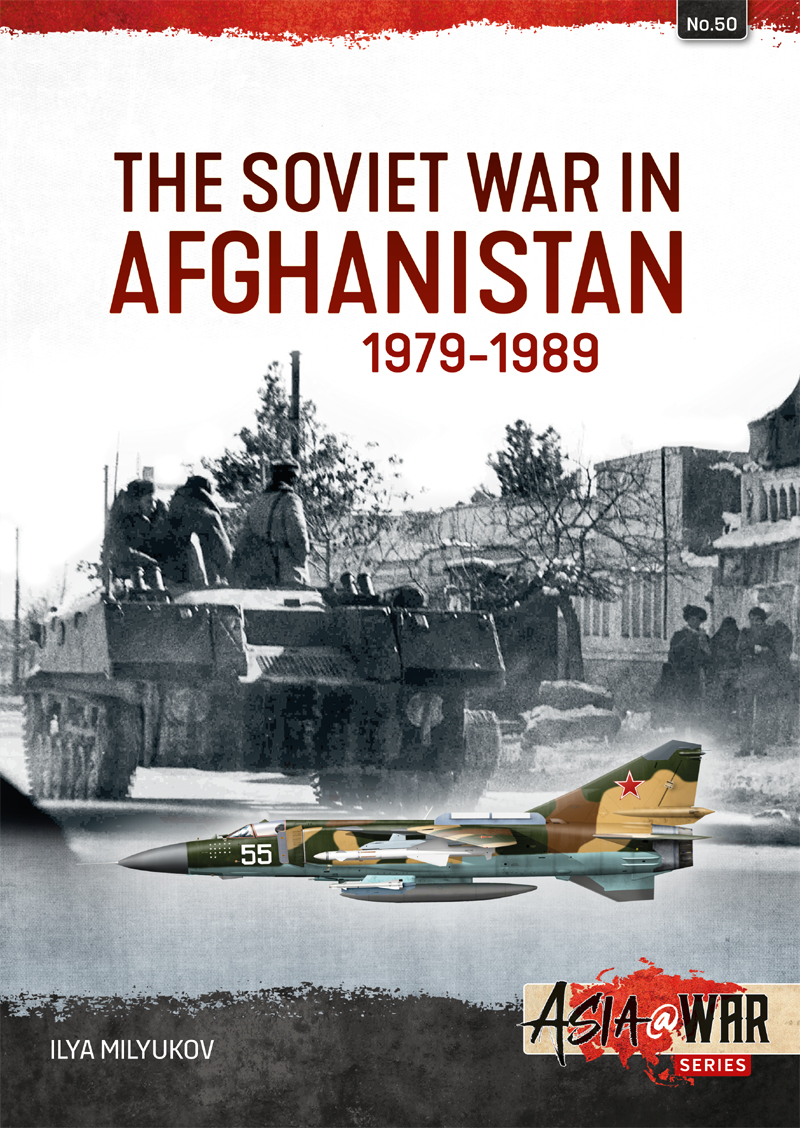

Most ebook files are in PDF format, so you can easily read them using various software such as Foxit Reader or directly on the Google Chrome browser.
Some ebook files are released by publishers in other formats such as .awz, .mobi, .epub, .fb2, etc. You may need to install specific software to read these formats on mobile/PC, such as Calibre.
Please read the tutorial at this link: https://ebookbell.com/faq
We offer FREE conversion to the popular formats you request; however, this may take some time. Therefore, right after payment, please email us, and we will try to provide the service as quickly as possible.
For some exceptional file formats or broken links (if any), please refrain from opening any disputes. Instead, email us first, and we will try to assist within a maximum of 6 hours.
EbookBell Team

4.1
30 reviewsIn December 1979 the USSR’s 40th Army crossed the border into Afghanistan. Special forces troops – the infamous GRU Spetsnaz – and KGB agents had already entered the country and in a fierce gun battle assassinated Afghanistan’s President Hafizullah Amin in Tajbeg Palace so that he could be replaced by rival Babrak Karmal. The official explanation provided to officers, non-commissioned officers, and other ranks of the Soviet Armed Forces was that they were carrying out an ‘international duty’ in Afghanistan. What exactly that was, none of the participants knew. The reasoning of Brezhnev’s Politburo was that their intervention would bring stability to a country slipping into anarchy as its government failed to deal with political conflict within its own ranks and widespread armed rebellion outside the major urban centers. Thus began the Soviet military intervention that was to last for nearly ten years.
The Soviet War in Afghanistan 1979–1989 provides a detailed order of battle for the Soviet ground and air forces deployed to Afghanistan – officially referred to as ‘The Limited Contingent of Soviet Forces in Afghanistan’ – and a detailed account of every operation undertaken there by the Soviet Armed Forces from December 1979 until February 1989. The work provides details of all the involved units, their combat losses and estimates of Mujahidin losses. This work does not shy away from the commonplace atrocities committed against the Afghan population.
The Soviet War in Afghanistan 1979–1989 is richly illustrated with original photographs – many never published before in the West – and the @War series signature color artworks showing the men, vehicles and aircraft involved in this conflict. This book is an indispensable source of reference for enthusiasts and professionals alike.